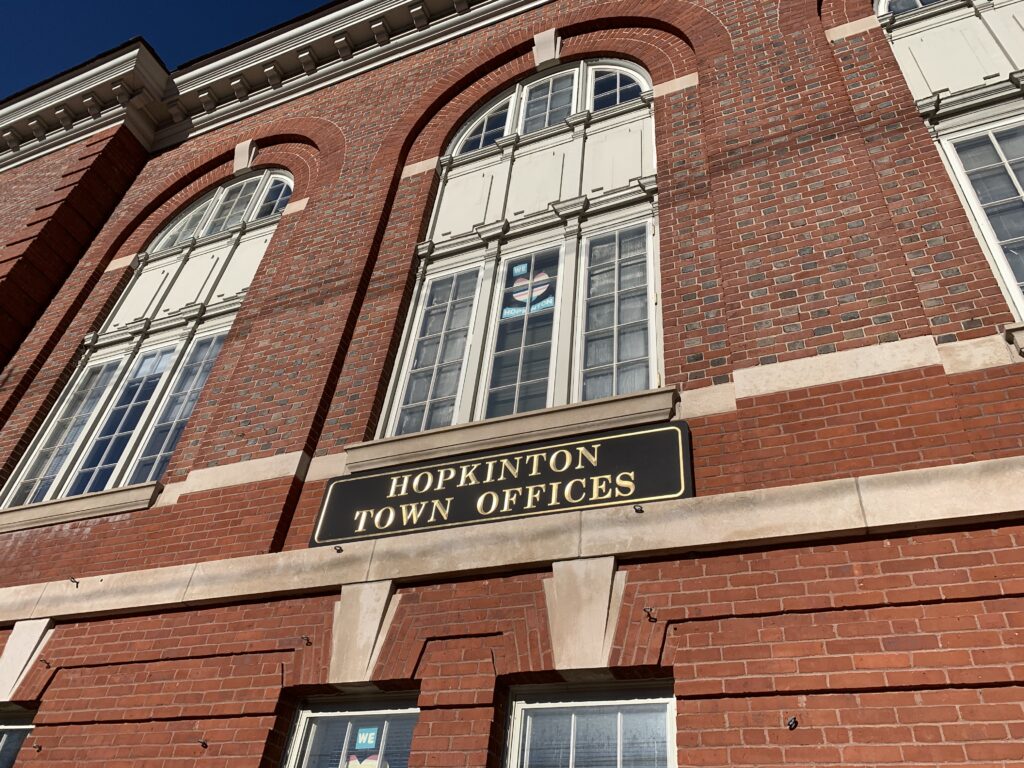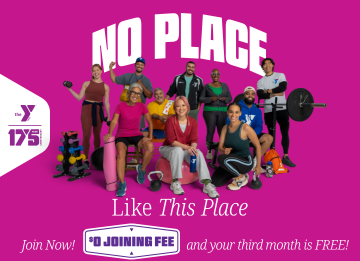The Commission on Disability at its meeting Monday night made progress on the creation of a town survey and event accessibility checklist to increase community awareness about the need for venues and documents to be accessible to people with disabilities.
According to information from the Centers for Disease Control and Prevention updated in May, 27% of Americans have some type of disability. Accommodations for people with disabilities also can be beneficial to older Americans.
Chair Holly Morand shared an accessibility checklist created by the University of Montana geared toward rural areas that will serve as a guide for the development of the commission’s list. Members noted that many times, indoor and outdoor event organizers have no idea of accessibility challenges, either because they have never experienced challenges themselves or they have not consulted with people who have disabilities.
Morand envisioned the commission using this list in collaboration with event organizers to make town events more inclusive. Member Amy Ritterbusch suggested the upcoming Special Town Meeting next month be used as a “test drive” for the list. Details such as having volunteers having a basic awareness of how to assist people with disabilities in emergencies was one factor highlighted on the checklist. Interim Hopkinton Fire Chief Gary Daugherty will be consulted regarding evacuation procedures.
When commission member Nancy “Punky” Drawe attended school in Framingham as a youth, she recalled her principal having to carry her down the stairs during fire drills, an experience she said was “so embarrassing.” Decades later, member Alex Danahy said a fellow student in college who used a wheelchair experienced challenges evacuating during an emergency.
While older buildings may be grandfathered in under the zoning code, members questioned the accessibility requirements for new buildings or older ones when they are modified. The ADA requires that “all new construction of places of public accommodation, as well as of ‘commercial facilities’ such as office buildings, be accessible,” according to adata.org.
Other needs include having large-print versions of documents available and having clearly marked accessible parking spaces, building entrances and bathrooms. Lighting and sound effects should be considered in event planning because they can trigger seizures, and there should be a separate area for those experiencing sensory overload.
One problem Drawe pointed out is that the Hopkinton Middle School building is “not really accessible” because of the lack of push buttons on doors and the way that entrances with two sets of doors are configured. Morand suggested that volunteers be available to open doors for those needing assistance because of wheelchair or assistive devices. A waiting area should be designated for people who need assistance getting to their seats.
For outdoor events, accessible portable toilets need to be provided and placed on a flat surface. For example, during the Boston Marathon for several years, Danahy recalled that the toilets were placed at the middle school on a slope.
Said Danahy: “I complained about that, and it took several years before they made them level.”
Ritterbusch also mentioned the need for a live captioner for large meetings and on-screen captioning for those with hearing impediments. Danahy suggested researching pricing on live captioners to include with the checklist.
Accessible parking continues to be a challenge, members said. Ritterbusch said the Planning Board should be consulted to find out how many accessible spaces are required per regular spaces. Morand asked if door handle height is taken into account in building design. Danahy added that these spaces should have vertical signs as well as painting on the surface, because some currently do not.
Making people with disabilities feel like their presence is welcomed and valued is key, Morand stressed.
The next meeting will be held on Oct. 30 at 7 p.m. in a hybrid format.















0 Comments